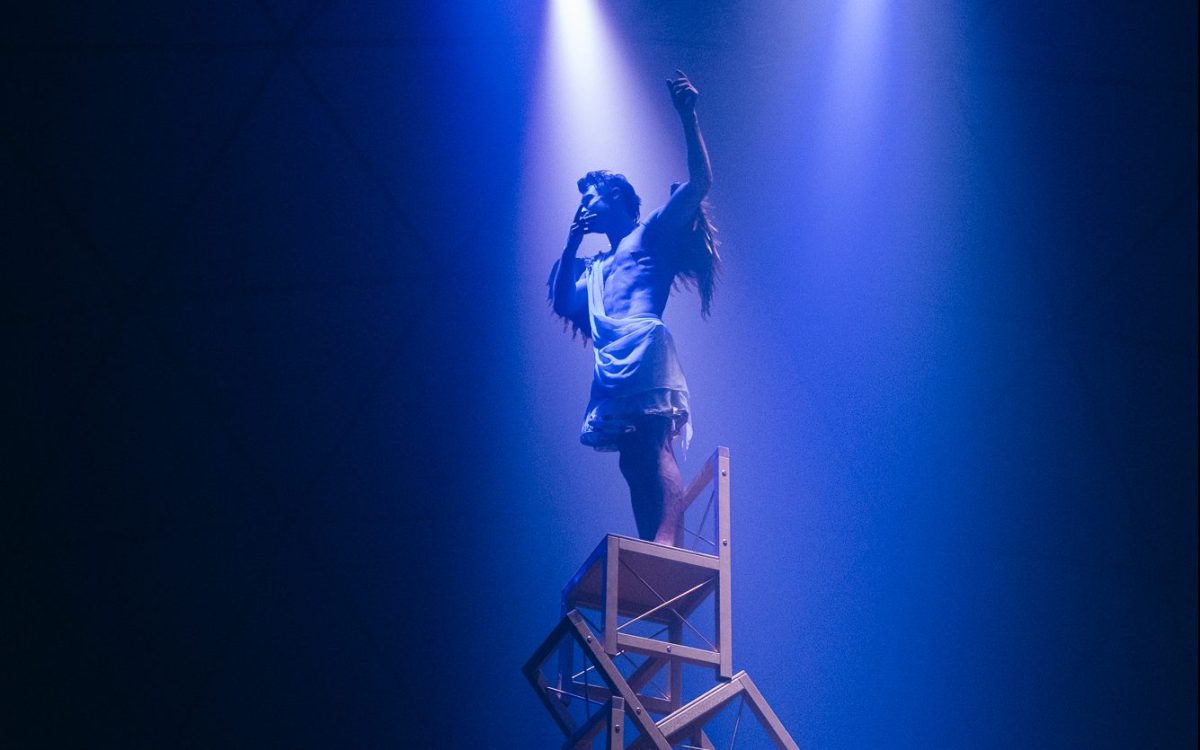Have you ever felt restless when not being able to work, knowing that there are emails, calls, and documents piling up, haunting you in your dreams? For professions that hinder on one’s body, not being able to train or perform can be detrimental, mentally and physically.
And who better to talk about injury than acrobats, a profession reliant on one’s ability to take their body to the next extreme.
Thomas Gorham, Director of Head First Acrobats told ArtsHub: ‘Injury is a really big issue I found with circus performers because your personality tends to get wrapped up in what you’re able to do.
‘The first time that I had a big injury it hit me a lot harder than the second time because by then I’ve got a bit of practice in diversifying what I can do. I wasn’t so wrapped up and I think that needs to be taught in institutions,’ said Gorham.
The motivation to train and perform, and that passion that comes with that, can easily spiral down to something uncontrollable when your body can no longer follow your heart.
A good resources is Back after interval: for performers and creatives, a guide by The Arts Wellbeing Collective (Australia) on looking after mental health and how to ease into performing again after a period of pause.
Read: ‘Who am I if not a dancer?’
Gorham continued: ’I have seen quite a few people absolutely crumble when they’ve had their livelihood as a circus performer taken away from them and it’s through no fault of their own. They just didn’t have an opportunity to adjust, or weren’t exposed to what could potentially happen should they break a leg or shoulder.
‘Injury is unavoidable and if people were able to learn that in school then they would be a bit more protected, have other plans in place and be comfortable with those plans.’
Apart from doing the necessary precautions and warm-ups to avoid injury, mental preparation is equally important in knowing what to do when you do get injured.
Gorham said it’s things like knowing how to access work cover for medial costs, and who can stand in for your performance, that can put you in a way better position than panicking while in pain.
Read: Arts offer the armour to battle Australia’s mental health crisis
Injury can be an abstract concept, until its experienced
The popular kids show, Prehysterical was actually created during one of Gorham’s injuries as his comeback performance, and this year will coincidently welcome former cast mate Anthony Saltalamacchia’s return to the stage after a two-year rehabilitation.
‘The first time I tore my ACL (anterior cruciate ligament) on my right leg and my meniscus, I wasn’t able to perform for about nine months and that also coincided with a few personal things that all went wrong at the same time. I wondered about my future, whether it was all worth it or whether I’ve been wasting my time. But once you’re over the hill and you start performing again it’s like ”oh, what was I worried about?”‘ reflected Gorham.
The company also managed to make the most out of the situation when the world hit the breaks during lockdowns, purchasing their own performance tent, a 300-seat space they’ve named The Vault.
So what about complete rest and dealing with burnout?
While injury might be a breaking point that forces you to a complete stop, burnout is another big topic in the sector right now, when the pressure is to run through shows that have been backlogged in the past few years.
‘I would say that everyone is constantly experiencing burnout in some form or another,’ said Gorham, ’but we’re just motivate people and the circus is a really supportive community so even if people are feeling burnt out, we have a cushioned blow because of the people around us.
’I think rest comes when we reach the stage and that we are able to offload some of the work we’re doing. We are about to hit that critical mass where we can start to offload some of those duties and then rest is on the horizon,’ concluded Gorham.




